





 |
 |
 |
 |
 |
 |
| Karma-Dharma Photography | profile | all galleries >> Galleries >> Angkor, Cambodia and Bangkok, Thailand 2004 | tree view | thumbnails | slideshow |

| previous page | pages 1 2 ALL | next page |
 Untitled-1 copy.jpg |
 DSC04294.jpg |
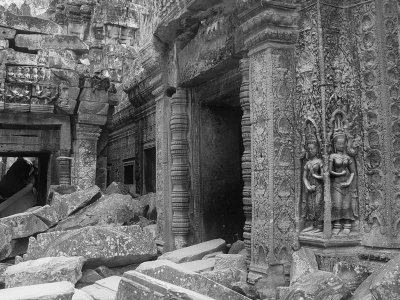 DSC04297.jpg |
 DSC04320.jpg |
 DSC04322.jpg |
 DSC04326.jpg |
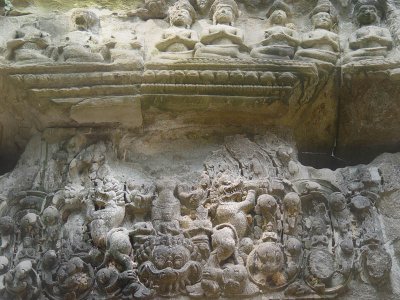 DSC04335.jpg ? Stucco Lintel |
 DSC04340.jpg |
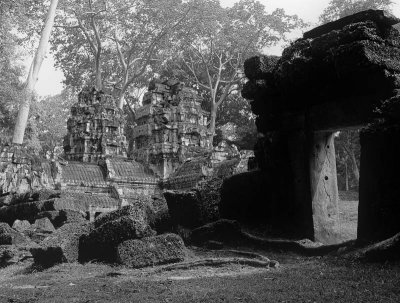 DSC04343.jpg |
 DSC04346.JPG |
 DSC04351.jpg
|
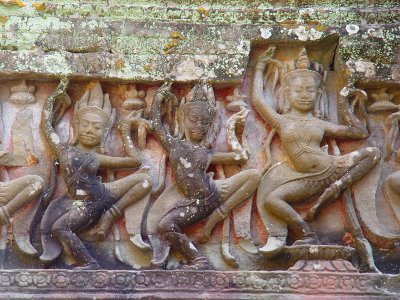 DSC04354.jpg |
 DSC04356.jpg |
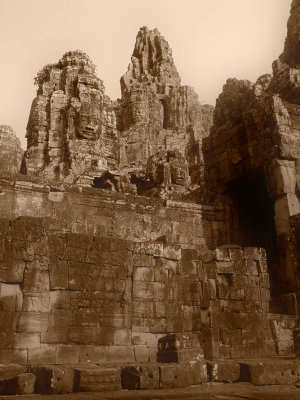 BEGIN TEMPLE BAYON, ANGKOR THOM THE BAYON: SINISTER SMILE |
 DSC04404.jpg Towards the end of the 12th century, the Buddhist king Jayavarman VII, in order to assure perpetuity to the symbolic cult of the Devaraja, instituted the similar cult of the Buddha-king at the Bayon - the central temple of Angkor Thom - manifest in the portrait statue that was found broken at the bottom of the well (and which has now been restored). This form of adaptation, however, was not to last, and from the 13th century, following a return to Shiva´sm, the Buddhism of the Large Vehicle - of the Sanskrit language - was replaced by that of the Small Vehicle - of the Pali language - to which Cambodia has remained faithful. |
 DSC04405.jpg |
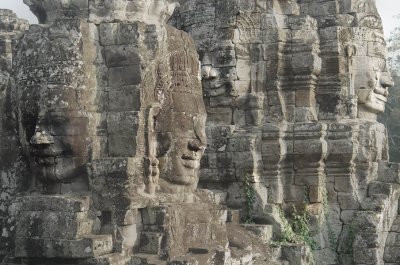 DSC04406.jpg In Cambodia, Avalokitesvara or Lokesvara is the spiritual son of the transcending Dhyani-Buddha Amitabha - the image of whom he carries on his chignon. He personifies, as Paul Mus has explained "the notion of providence, unknown to primitive Buddhism". He is the "Lord of the World" from whom all gods emanate, himself the god of morality and graciousness - a masculine replica of Kouan-Yin, the other dominant figure in far eastern Buddhism. The face often has a third eye on the forehead and the heads can be multiple and in tiers. In the living architecture of the towers of the Bayon, by the turning of his four faces to the four cardinal points, he is omnipresent. |
 DSC04415.jpg |
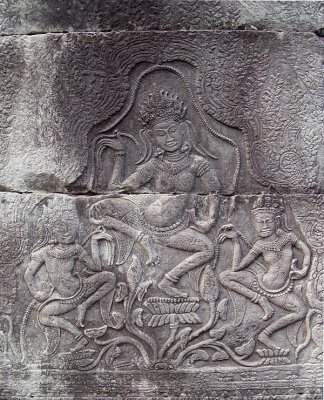 DSC04417.jpg |
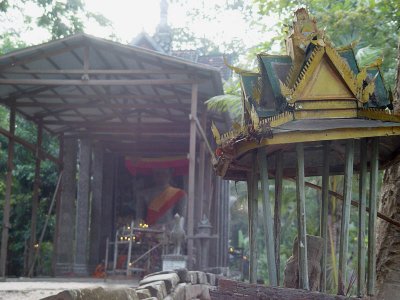 DSC04432.jpg |
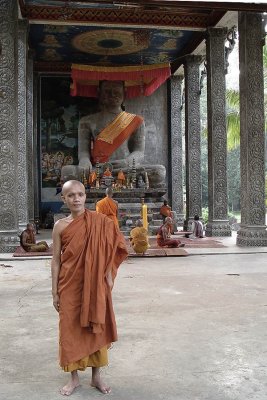 DSC04439.jpg |
 DSC04442.jpg angkor from sunset on phnom bakheng, a super crowded spot, with death defying stairs |
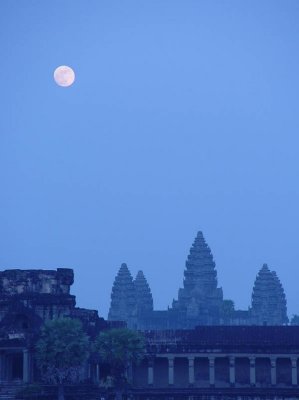 DSC04448.jpg some real magic goose-bumps here! |
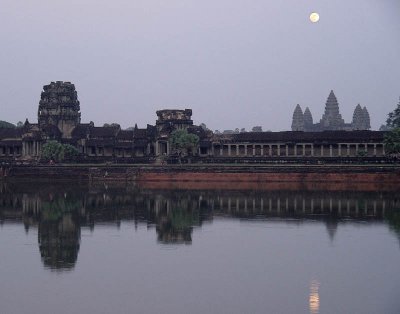 DSC04449.jpg |
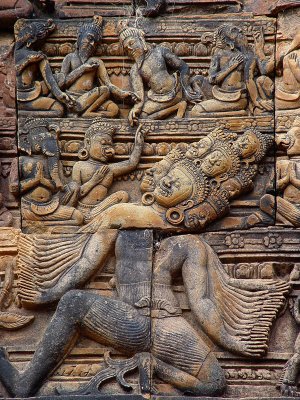 DSC04467.jpg after photoshop post-processing |
 DSC04470.jpg |
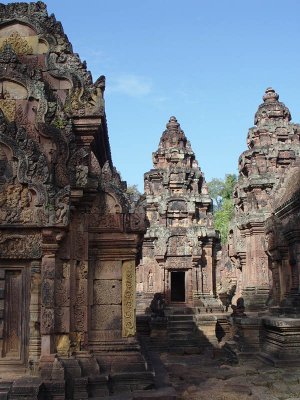 DSC04471.jpg |
 DSC04476.jpg ??Banteay Srei - Wikipedia, the free |
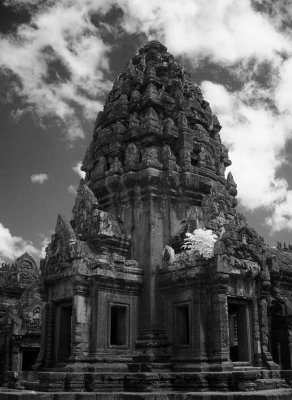 DSC04485.jpg bantey samre |
 DSC04492.JPG Siesta Time, for the temple keeper/cleaners for the APSARA - APSARA Authority
|
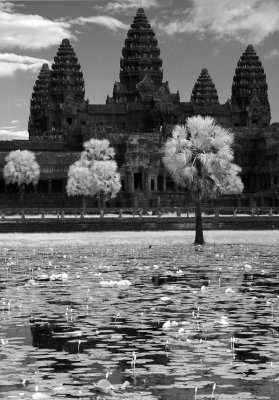 DSC04512.jpg back at angkor wat proper, infrared exposure |
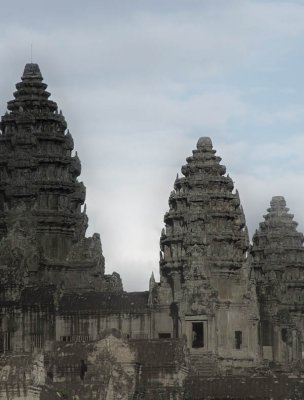 DSC04522.jpg |
 DSC04528.jpg |
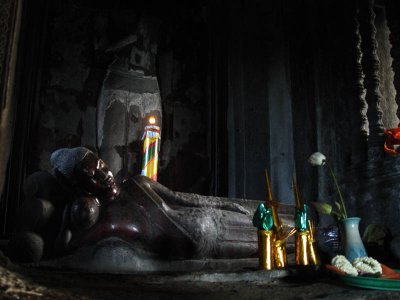 DSC04569.jpg this is what is inside the central tower of angkor wat! |
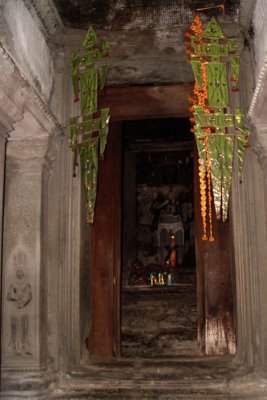 DSC04572.jpg |
 DSC04573.jpg |
 DSC04577.JPG before pshop |
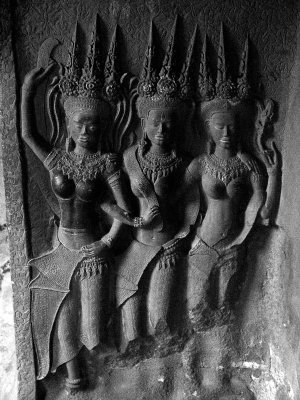 DSC04578.jpg after pshop |
 DSC04601.jpg |
| previous page | pages 1 2 ALL | next page |
| comment |
| PRITTA PARATORE | 22-Jan-2021 20:49 | |
| Guest | 02-Feb-2010 20:36 | |
| Guest | 02-Feb-2010 20:36 | |
| Goh | 02-May-2005 11:38 | |
| arlene | 05-Feb-2005 23:24 | |